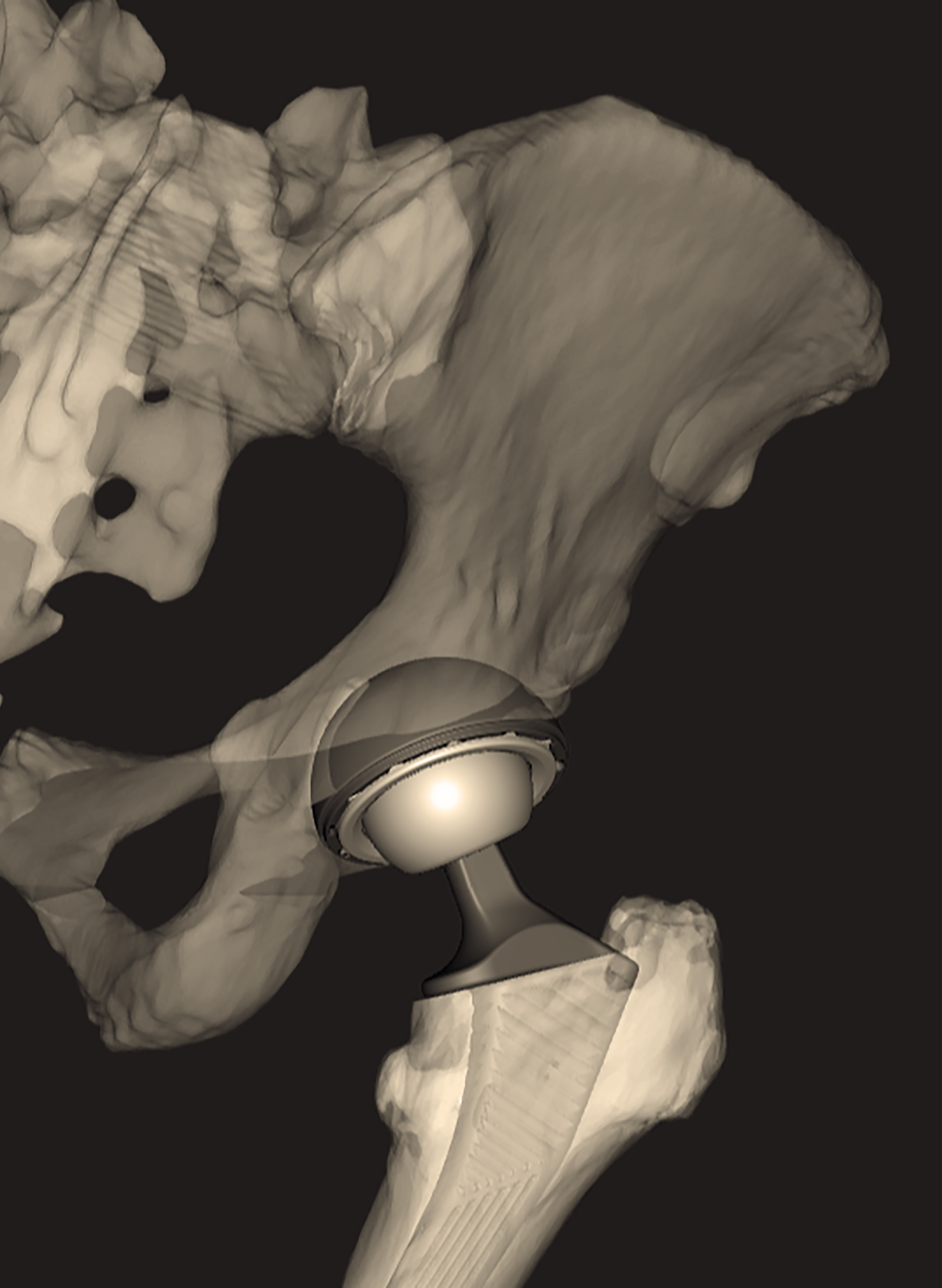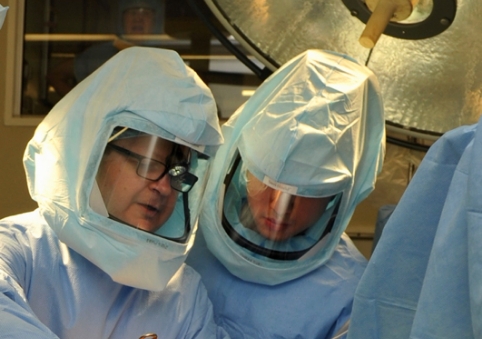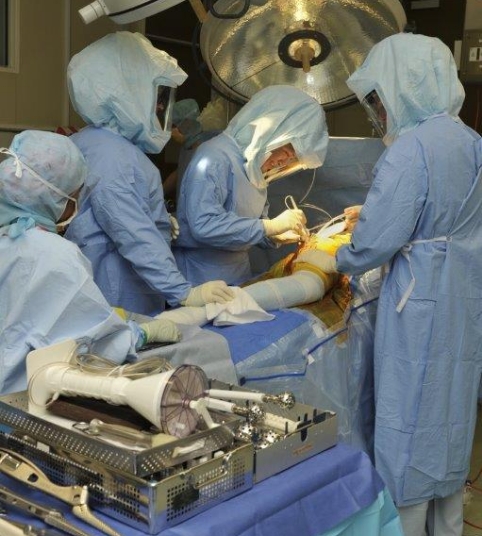Making the choice – when is surgery right for me?
Dr Ellis will consider your need for surgery based on your level of pain, your functional capacity, your medical history and physical capability. Your decision to go ahead with surgery should be considered when you feel fully informed. Hip replacement surgery is a major procedure, and it is important that you consider both its risks and benefits.
You should have exhausted all other effective treatments before choosing surgery.
A healthy hip:
The hip is one of your body’s largest weight-bearing joints. It consists of two main parts: a ball (femoral head) at the top of your femur that fits into a rounded socket (acetabulum) in your pelvis. Bands of ligaments connect the ball to the socket and provide stability to the joint.
Why do I need my hip replaced?
In a healthy hip, the bone surfaces of your femoral head and acetabulum have a smooth durable cover of articular cartilage that cushions the ends of the bones and enables them to move easily. All remaining surfaces of the hip joint are covered by a thin, smooth tissue called synovial membrane.
The parts work in harmony so that you can move easily without pain. As arthritis develops, this smooth movement becomes painful and restricted, until you reach the stage where you feel the effect of arthritis every day.
 info@orthonorth.com.au
info@orthonorth.com.au  +61 2 9460 9100
+61 2 9460 9100 




